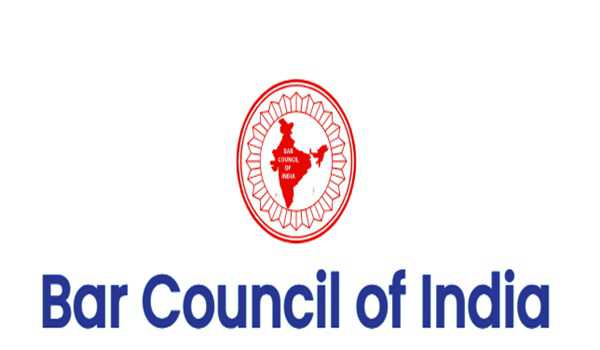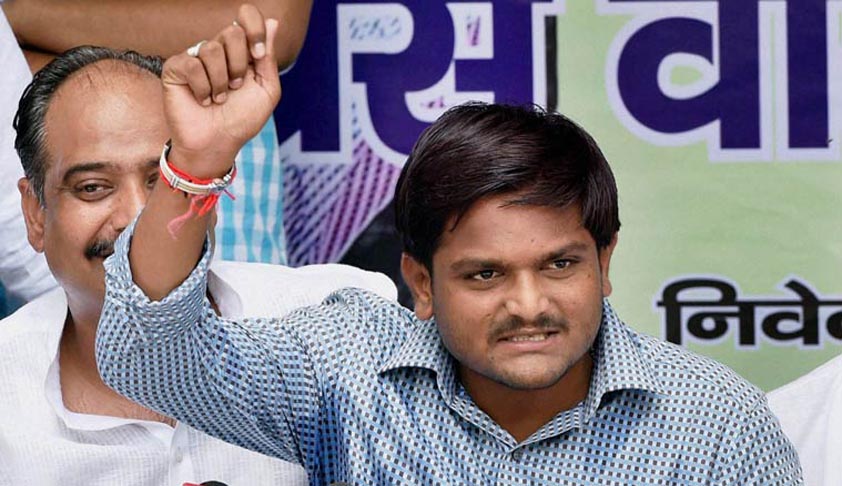The Supreme Court on March 21 asked the Centre to provide data which may point to a more dignified, less painful and socially acceptable method of executing prisoners other than death by hanging.
A Bench of Chief Justice of India D.Y. Chandrachud and Justice P.S. Narasimha even mooted the setting up of an expert committee to relook at India's method of putting to death its criminals.
The Chief Justice said such a committee would have experts from the national law universities, professors of law, doctors and scientific persons.
The Court indicated to the Centre, represented by Attorney General R. Venkataramani, that it needed some underlying data based on which it could examine if there was a more "humane" method of execution which would render death by hanging unconstitutional.
"If we have to relook death by hanging, we need better data… We want to know the impact of the sentence of death by hanging, the pain caused, the period of actual death and the availability of resources for hanging a person," Chief Justice Chandrachud observed.
The Bench said it also needed to know what strides the fields of science and technology have made in suggesting "any other method of execution consistent with human dignity".
The court was hearing a petition filed by advocate Rishi Malhotra challenging the constitutionality of death by hanging as a mode of execution. Section 354 (5) of the Code of Criminal Procedure mandates that a person sentenced to death shall “be hanged by the neck till he is dead”.
Mr. Malhotra said there is a need to evolve a "humane, quick and decent alternative". He termed hanging as "cruel and barbarous" compared to lethal injection, as used in the United States.
Science behind legal injections
Justice Narasimha, however, noted that there was literature to suggest that "hanging is closest to painless".
"Lethal injection has not always been successful… Question here is what does science have to offer… Question is what is the best method according to science," Justice Narasimha observed.
Chief Justice Chandrachud asked Mr. Malhotra if he had gone through "startling" anecdotal research material which shows that "heavy patients" end up "struggling" after the administration of lethal injections in the U.S.
"Now, we cannot tell the legislature that method 'A' is better than method 'B'... We can look into any scientific study which shows a method is far less painful and more humane… The burden is on the Union of India to constantly make a study," the court noted.
‘Matter of legislative policy’
In 2018, the Centre filed an affidavit supporting death by hanging. It had not found the method of execution "barbaric, inhuman and cruel” compared to firing squads and lethal injections.
The government had traced statistics of “botched-up” administration of lethal injections to condemned prisoners in the United States for 110 years to prove its point that this mode of State execution was only “designed to create an appearance of serenity and painless death”. Besides, if known to the public, the lethal chemical would possibly be misused.
Likewise, the government had graphically detailed the horrors of death by firing squad. How, if the shots missed the heart, the prisoners slowly bled to death.
“Hanging with more advanced procedures is far safer than techniques such as lethal injections... the procedure by which a death sentence is to be executed is dependent upon a variety of factors such as economic feasibility, availability of skilled and technical personnel, equipment and resources, rate of botched executions,” the government had said.
The Centre had also said the mode of execution is a “matter of legislative policy”.
The government said the death penalty is awarded only in the rarest of rare cases. There have been only three execution between 2012 and 2015.
The court had earlier clarified that it was not questioning the constitutionality of the death penalty, which was well-settled in Deena versus Union of India judgment and the Bachan Singh case reported in 1980.
Source Link
Social media is bold.
Social media is young.
Social media raises questions.
Social media is not satisfied with an answer.
Social media looks at the big picture.
Social media is interested in every detail.
social media is curious.
Social media is free.
Social media is irreplaceable.
But never irrelevant.
Social media is you.
(With input from news agency language)
If you like this story, share it with a friend!
We are a non-profit organization. Help us financially to keep our journalism free from government and corporate pressure .

















0 Comments